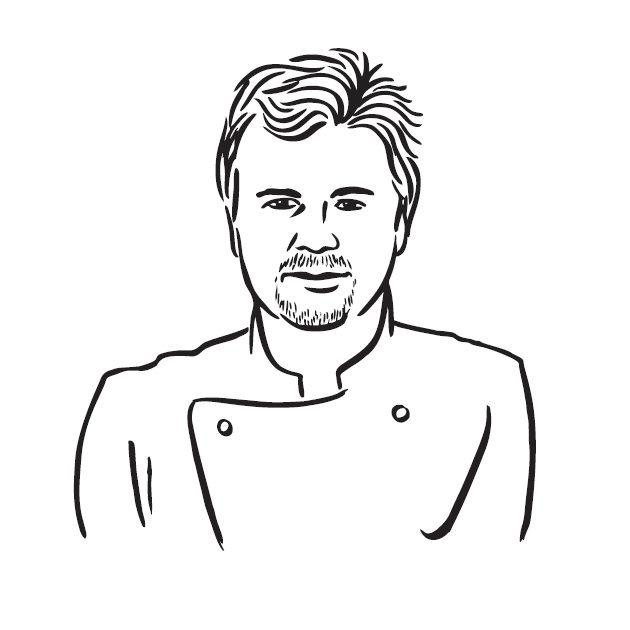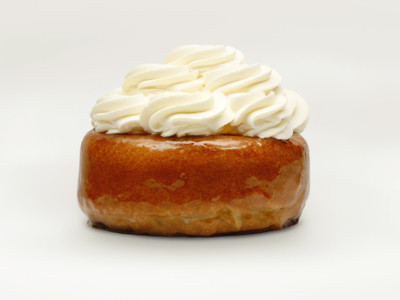PIERRE HERMÉ knew Gaston Lenôtre and started at his side at the age of 14. This pastry chef, who is the son, grandson and greatgrandson to Alsatian pastry chefs, has asserted himself over the course of his career as the inventor of a world of flavours, sensations and delights. He tirelessly creates mouth-watering pastries that are associated with his name like a trademark. Hermé considers the end of the meal as its “culmination” and constantly strives to demonstrate that gourmet sweets aren’t just for children! Ever since 1997, Pierre Hermé and his associate have exported several dozen points of sale in Europe, Asia and the Middle East.
 France
France

It’s one of the ten major products in pastrymaking, along with vanilla, chocolate, milk, almonds, sugar, salt, flour, eggs, etc. We use it primarily to add lightness to our preparations with a neutral flavour. For example, in a strawberry, vanilla or coffee Chantilly, we look for the most neutral cream possible, with the least amount of bitterness, acidity and flavour to really highlight the taste of the ingredient. I’ve encountered creams that are relatively bitter, which was irritating because they change the cake.
When I talk about cream, I mean whipping cream! I think that heavy cream is more for cooking and is a vehicle for flavour while contributing some acidity. In my lemon cake, for example, it comes in part to take the place of butter; it helps to relieve the acidity of the lemon cake.
For ganaches, we always use the same cream, which has the same hold and flavour all throughout the year. We need the most subtle cream possible that is just a vehicle for flavours and that provides an aspect that is simultaneously light and rich. It puts the media it’s associated with to their best advantage. In fact, you don’t need the taste of cream when you make pastries, except when using heavy cream. We put it in the crèmes brûlées also, and I recently did an experiment with custard for the Diplomate recipe: with and without cream, the sensations are very different. With, it’s more velvety, creamy, dense. Without, it’s colder and more fluid. In the end, I went for the version with cream! There’s also Chantilly, which we use in chocolate mousses with a sabayon base, Bavarian creams, fruit mousses (even if we don’t make many of them): it’s wonderful. From being an apprentice at Lenôtre, I remember our Chantilly meringues, for example. It’s the simplest and the most indulgent thing at the same time while being very refined. I revisited recently, with very dry meringues, almost caramelised, with Chantilly and a few caramelised almonds on the inside. For me, Chantilly is sheer indulgence. In the baba, it has another role: on a sumptuous brioche suffused with syrup and rum, cream is more of a seasoning. I love Chantilly cream because it’s light and rich at the same time. It’s very sensual, very voluptuous.
The coffee tart. It’s a white chocolate cream ganache, a coffee-infused cream and a coffee Chantilly. As with a Vienna coffee, I love it when coffee and cream come together.
I love it a lot!
The baba. At the Royal Monceau, there’s a baba for two that is served with a plain Chantilly and a chocolate Chantilly for the gourmands. The baba is rather large. It’s an ode to indulgence, as is the Chantilly cream puff.
HERMÉ
Paris 6e
 繁體中文
繁體中文  简体中文
简体中文  한국어
한국어  Français
Français 
